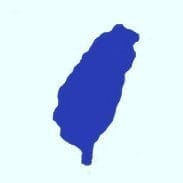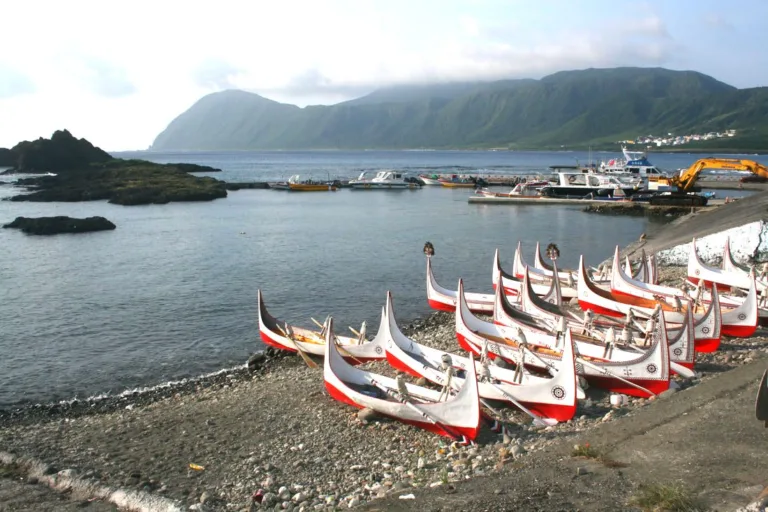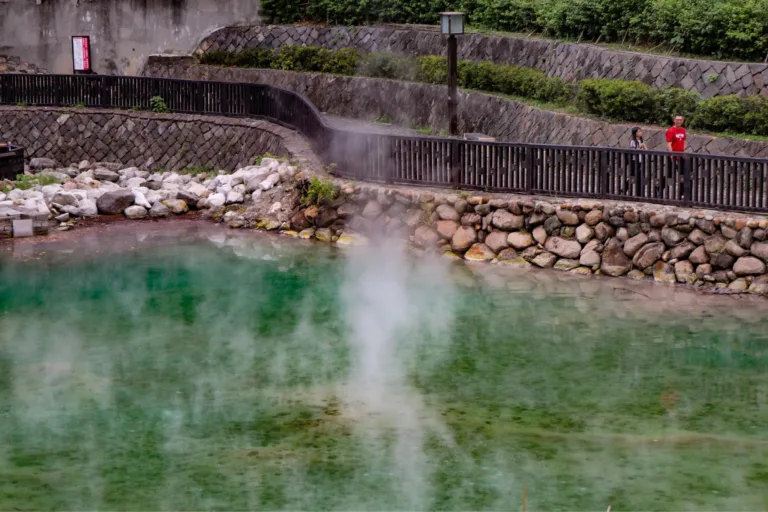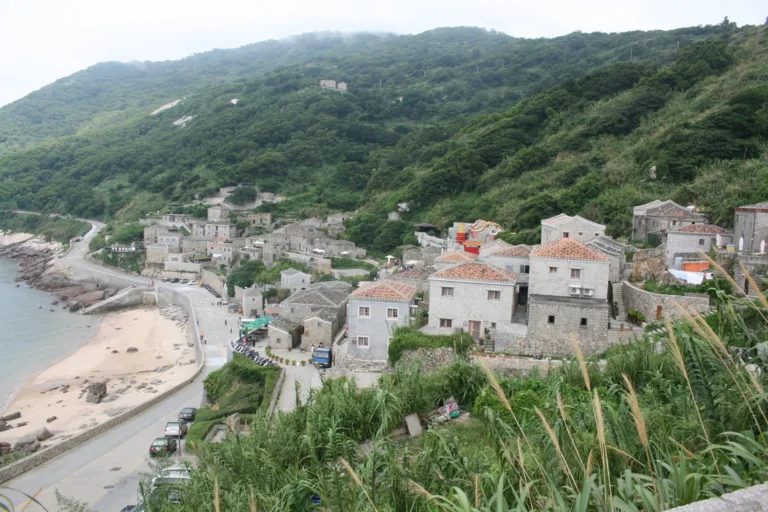Mid-Autumn Festival (aka Moon Festival or Mooncake Festival) is one of the major festivals in Taiwan and is also an important holiday in cultures throughout Southeast Asia. In this blog, we will tell you how this festival is celebrated in Taiwan, how you can celebrate it, as well as other activities that will take place throughout Taiwan.
History of Moon Festival in Taiwan
The Mid-Autumn Festival, also referred to as the Moon Festival or Mooncake Festival dates back to the legend of Chang’e, the goddess of the moon over 3,000 years ago. According to the legend, Chang’e was married to Hou Yi, a legendary archer renowned for saving the world by shooting down nine of the ten suns that were burning the earth. As a reward, Hou Yi received an elixir that granted immortality. However, Chang’e consumed the elixir and was transformed into a goddess who ascended to the moon. The festival honors this legend, and during the festival, people make offerings to Chang’e the moon goddess.
According to the legend of the moon rabbit, the Jade Emperor, disguised as a poor old man, asked several animals for food. A rabbit, unable to find anything to offer, decided to sacrifice itself by jumping into the fire to provide food. Moved by the rabbit’s selflessness, the Jade Emperor spared its life and sent it to live on the moon, where it would forever be immortal and serve as a companion to Chang’e.
Historically, the Mid-Autumn Festival is observed on the 15th day of the 8th Month of the Lunar Calendar, during the full moon in autumn, believed to be the time when the moon is at its brightest and fullest. This day is the birthday of both the Earth God and the god of matchmaking (the old man under the moon), and on this occasion, people show gratitude to the deities for a successful harvest and to celebrate the season’s abundance by offering sacrifices such as fruits, pomelos, meat, mooncakes, and more.
The practice of eating mooncakes during the Mid-Autumn Festival is thought to have originated in the Tang Dynasty (618–907 AD). Originally, mooncakes were offered to the moon goddess, Chang’e. Over the centuries, particularly during the Yuan, Ming, and Qing dynasties, the festival grew in popularity, with traditions such as family gatherings, moon gazing, lighting lanterns, and the sharing of mooncakes becoming widespread.
The Mid-Autumn Festival embodies themes of unity, family bonds, and togetherness. The full moon, symbolizing wholeness, makes this festival a special time for families to come together, express gratitude, and wish for good fortune. The celebration also highlights the harmony of yin and yang, with the moon representing the yin, or feminine, energy. Women at this time pray for beauty, marriage, and the safety of children.
Barbequing in Taiwan became popular in the 1970s, with advertising campaigns targeted at families to have a barbeque during the festival. Supermarkets also began to have special sales for barbequing equipment and meat close to the festival, which is continued now at PX Mart, Carrefour, and Costco.
What is There to do During the Moon Festival in Taiwan?
In Taiwan, the Moon Festival is typically a holiday celebrated at home. While there are many lantern decorations, performances, and religious activities during this time, you will see most people at home with their families enjoying food. Here is how you can enjoy the Mid-Autumn Festival in Taiwan:
Eat Mooncakes (月餅 Yuèbǐng)

As explained above, mooncakes were originally made as offerings to the goddess Chang’e. They are usually made of red bean and salted egg yolk wrapped in a sweet dough. Moon cakes are meant to represent the moon, unity, and family togetherness, as well as yin and feminity. To all the moon cake haters: these are purely delicious.
Different areas have different flavors of moon cake. For instance, Yilan is famous for vegetable cakes, southern Taiwan is famous for Mochi cakes, and northern Taiwan is famous for meat cakes.
You can find the cheapest moon cakes at PX Mart or Carrefour for about 35 NT per cake, but they are also sold at most bakeries in Taiwan. You can also make your own!
Eat Pomelo (柚子 Yòuzi)

Pomelos are grown mainly around the time of the mid-autumn festival. The outside is covered in a huge thick skin, which can be worn as a hat. Usually, they are only big enough to be worn as hats by children. Be careful though, pomelo peels are the most bitter taste ever, like concentrated orange cleaner x 10. You can check out our full fruit guide here.
Admire the Moon (賞月 Shǎngyuè):

According to Chinese tradition, the full moon during Autumn is thought to be the biggest and brightest moon throughout the year. Like moon cakes, the moon represents unity and togetherness. According to Chinese and Taiwanese folk religion, the moon also represents the goddess Chang’e who is worshipped during the Mid-Autumn Festival.
Have you ever seen a moonrise in Taiwan? It’s orange. Another cool thing about the moon is that it looks the same everywhere on Earth, because it is tidally locked so only one side ever faces Earth.
Barbecue (烤肉 Kǎoròu):

As mentioned above, barbequing in Taiwan became popular in the 1970s, with advertising campaigns targeted at families to have a barbeque during the festival. Supermarkets also began to have special sales for cheap barbequing equipment and meat close to the festival, which is continued now at PX Mart, Carrefour, Showba, and Costco. Cheap aluminum grills and charcoal are sold at most stores.
If you are a vegetarian, you can also grill tofu, mushrooms, and vegetables.
In my experience during the Mid-Autumn Festival evening, in many areas of Taiwan, the streets become full of people barbequing and enjoying views of the moon. I think because of this, many parks ban barbequing. If you do barbeque outdoors, be sure to take your trash with you and not pollute the environment with leftover grills and other garbage.

If you happen to have some graham crackers from America, S’mores are also a great snack during the Mid-Autumn Festival. It’s sad though that they are not sold in stores in Taiwan, but you can still find them online like on Shoppee.

If you have no space outdoors, you can also cook with an electric barbeque grill indoors.

I also saw this huge grill at Costco. But I don’t know many Taiwanese people who could fit this in their house.
Where can I go to Barbeque during Mid-Autumn Festival in Taiwan?
During the Mid-Autumn Festival in Taiwan, if you are unable to barbeque at your own house, there are a number of barbequing locations in Taiwan. Please note that during Mid-Autumn Festival many public outdoor areas are banned from barbequing and you could be fined if you try. Therefore we suggest going to one of the designated areas in the map below.
Free Public Barbeque Locations in Taiwan:
During the Mid-Autumn Festival, if you can’t barbeque at home, we suggest going to one of the designated areas to barbecue:
- Taipei City – Chengmei Right Bank Riverside Park 成美右岸河濱公園
- Taipei City – Dajia Riverside Park 大佳河濱公園
- New Taipei – Xinzhuang Shuiyuandi Park 水源地公園
- New Taipei – Aboriginal tribal theme park 樹林區原住民主題部落公園
- Taoyuan – Hutoushan Environmental Park 虎頭山公園
- Yilan – Wu Lao Keng Scenic Area 武荖坑風景區
- Taichung – Aofong Hill Park barbecue area 清水區鰲峰山公園烤肉區
- Tainan – Hutoubei Scenic Area 虎頭埤風景區
- Kaohsiung – Chengqing Lake 澄清湖烤肉區
- Kaohsiung – Xiaogang Neighborhood Education Center 社教館戶外烤肉區
Map:
See a map of free public barbeque locations in Taiwan below:








